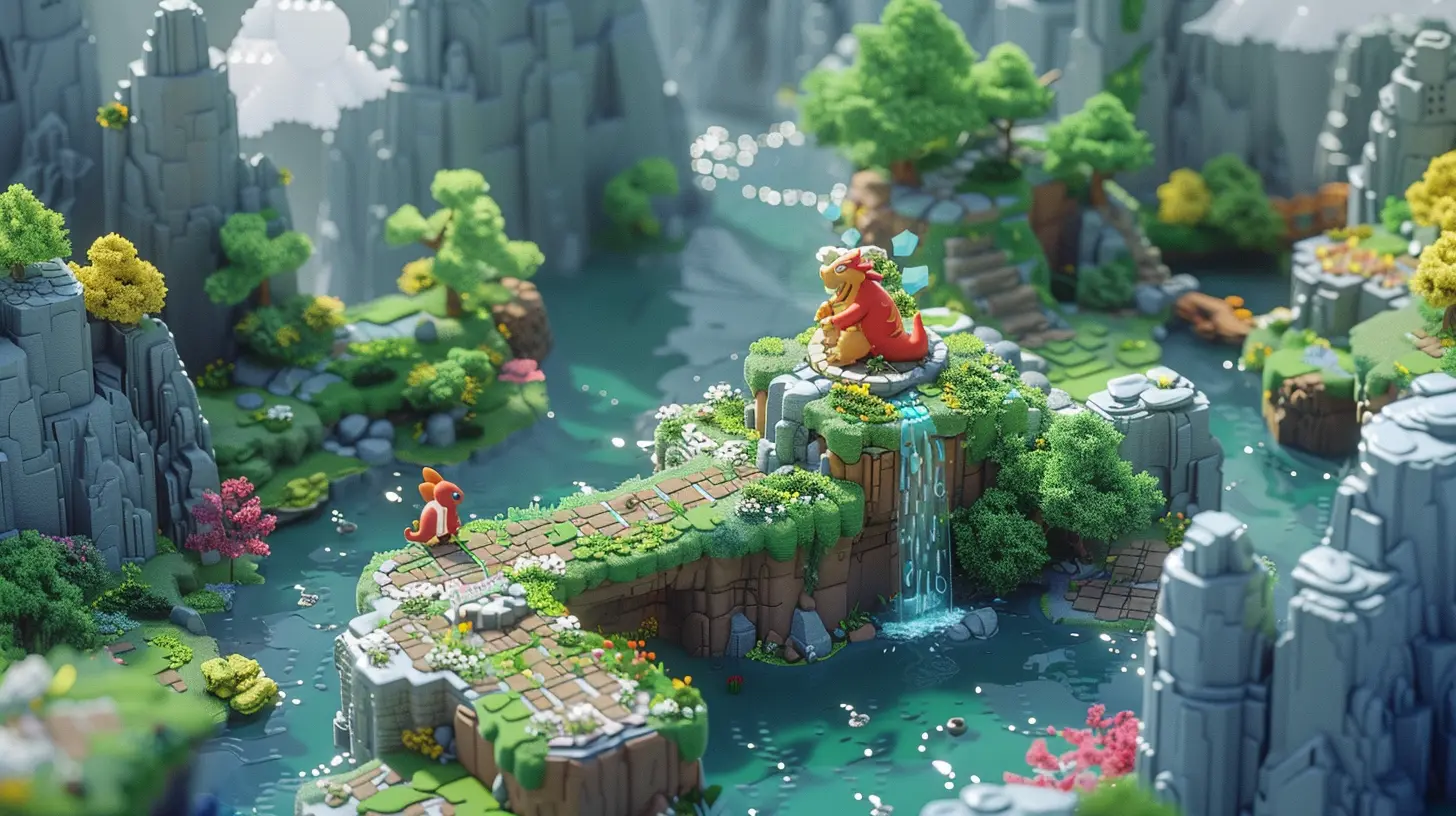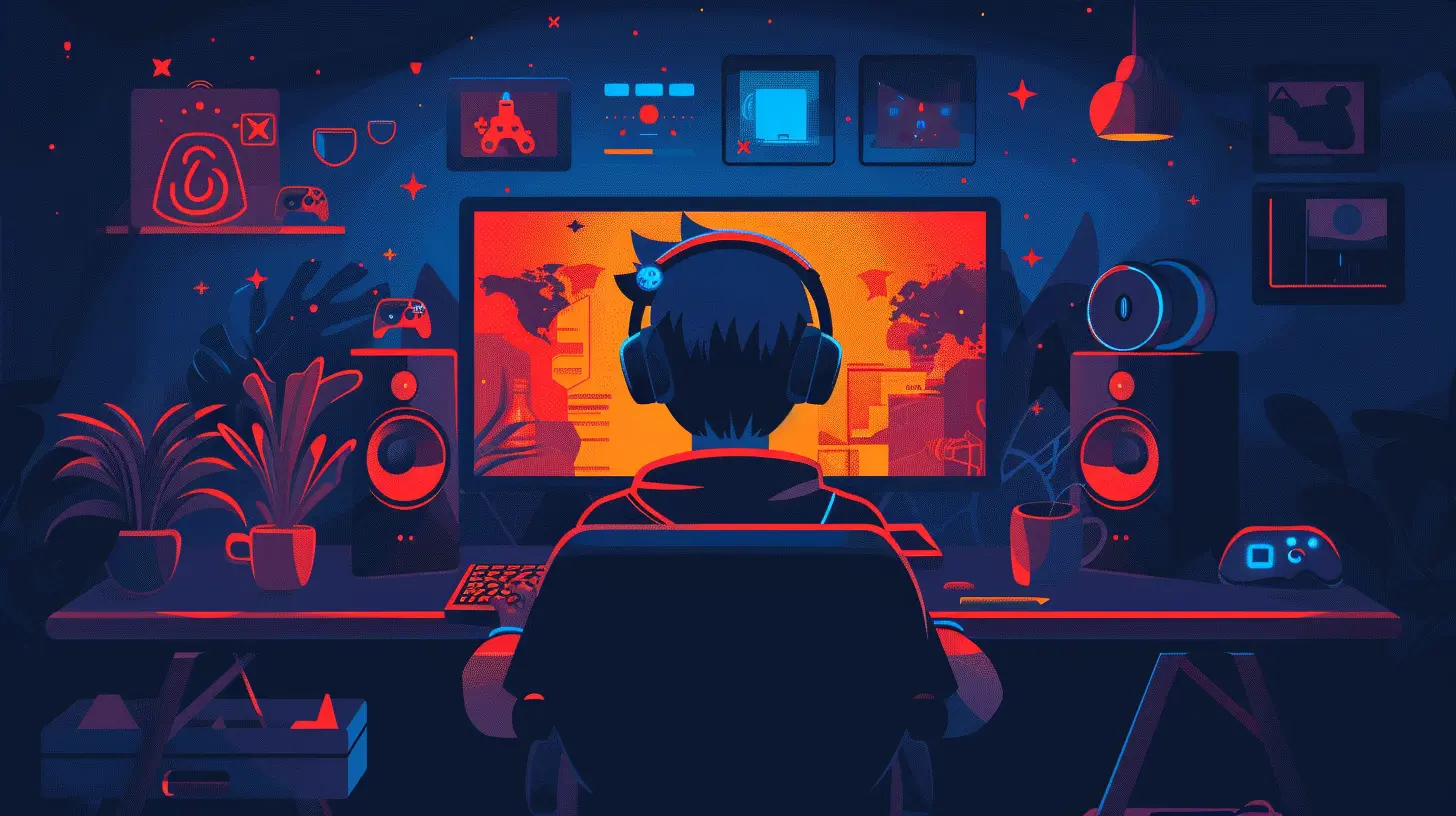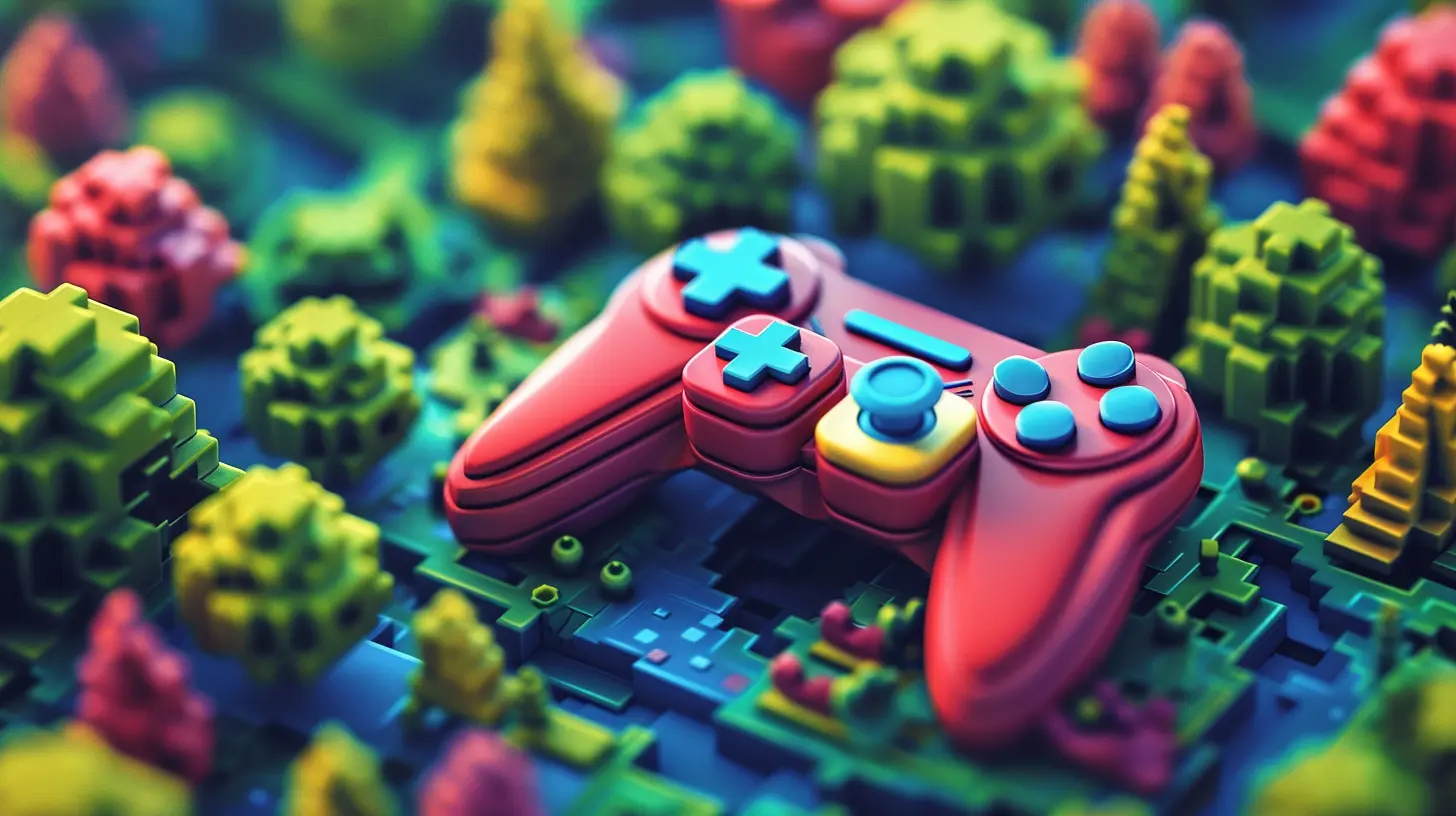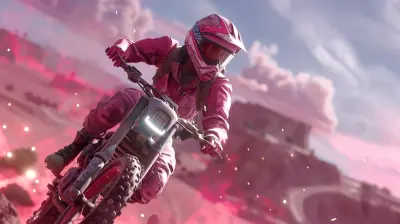The Science of Player Flow and How to Design for It
22 June 2025
Have you ever been so immersed in a game that hours flew by without you even noticing? That magical state—where the world fades away, and you’re completely locked in—is something game developers dream of creating. It’s called "flow," and understanding the science behind it is key to designing games that players just can’t put down. In this article, we’ll dive deep into what player flow is, why it matters, and, most importantly, how to design for it.
Let’s break it down in a conversational way, so by the end of this, you'll not only get it but feel ready to transform any gaming experience into a masterpiece.
What Is "Player Flow" Anyway?
Okay, let’s start with the basics. Imagine you’re playing your favorite game, and it feels like you’re in the zone. You’re completely focused, everything feels just right—not too easy, not too hard—and you’re having an amazing time. That’s what we call "flow."Psychologist Mihaly Csikszentmihalyi (I know, a mouthful) first introduced the concept of flow. It’s a state of deep focus and engagement where time seems to melt away. In gaming, it’s that sweet spot where mechanics, story, and challenges work together seamlessly to keep players engaged without overwhelming or boring them.
Why Is Player Flow So Important?
Here’s the deal—games aren’t just about flashy graphics or epic soundtracks. At their core, they’re about creating an experience. And flow? That’s the backbone of an unforgettable experience. If a game’s too difficult, players get frustrated and rage-quit. Too easy? They’ll lose interest faster than you can say "game over."Flow is what keeps players coming back. It’s why people replay games years after they release or spend hours grinding for that next piece of gear. As a game designer, achieving flow means striking a delicate balance between challenge and skill. When you get it right, it’s magic.
Think of flow as the "Goldilocks zone" of game design. Too hard, too easy—you lose players. Just right? You’ve got a hit.
The Science Behind Flow
Let’s talk neuroscience for just a second (don’t worry, I’ll keep it simple). When players enter a state of flow, their brain releases a cocktail of feel-good chemicals like dopamine, norepinephrine, and endorphins. These chemicals make us feel amazing and crave more of whatever activity triggered them.On top of that, flow engages the brain’s reward system. Every time you level up, beat a tough boss, or solve a puzzle, your brain gives you a little pat on the back. This positive reinforcement keeps players hooked and motivates them to keep going.
And here’s something cool: flow isn’t just about fun. It’s also about learning. When you’re in flow, your brain is in its prime state for absorbing new information and improving skills. That’s why games can be such powerful tools for education and training.
The Key Components of Flow
Creating flow isn’t just about slapping together some levels and calling it a day. There are specific elements that need to come together to make it work. Let’s break them down:1. Clear Goals
Players need to know what they’re working towards. Whether it’s rescuing the princess or collecting 100 coins, clear objectives give players a sense of direction and purpose.Think about games like Portal. Each level has a specific goal—get to the exit. Simple, right? But it works because players always know what they’re supposed to do, even as the puzzles get more complex.
2. Appropriate Challenge
This one’s huge. The challenge needs to match the player’s skill level. If it’s too easy, they’ll get bored. If it’s too hard, they’ll feel frustrated. The trick is to gradually increase the difficulty as the player gets better, keeping them right in that sweet spot.A great example? Dark Souls. It’s notoriously hard, but it’s also designed in a way that encourages players to improve and adapt. That sense of accomplishment when you finally beat a boss? Pure flow.
3. Immediate Feedback
Players need to see the impact of their actions right away. Whether it’s a visual cue, a sound effect, or a stat increase, feedback lets players know they’re making progress.Take Minecraft, for instance. When you break a block, it immediately disappears, and you get a little pop sound and an item drop. That instant feedback keeps players engaged.
4. A Sense of Control
Nobody likes feeling powerless, especially in a game. Players need to feel like their actions matter and that they’re in control of their experience. This doesn’t mean it should be easy—it means the game should feel fair.The Legend of Zelda: Breath of the Wild nails this. You can explore, fight, or solve puzzles in almost any order, giving players the freedom to tackle the game their way.
Designing for Flow: Practical Tips
Alright, now that we know what flow is and why it’s important, let’s get into the nitty-gritty of how to design for it. Whether you’re building a platformer, an RPG, or a battle royale, these tips can help you create a more engaging experience.1. Start Simple
Don’t throw players into the deep end right away. Start with easy, intuitive mechanics and gradually introduce more complexity. Tutorials are your friend—use them wisely!Think about Super Mario Bros. The first level is basically a masterclass in onboarding. It teaches you how to run, jump, and avoid obstacles without a single word of instruction.
2. Use Adaptive Difficulty
Not all players are created equal. Some want a challenge, while others just want to chill. Adding options for difficulty settings or adaptive AI can help cater to a wider audience.Games like Celeste do this beautifully. You can adjust the assist mode settings to make the game more accessible without losing its core challenge.
3. Reward Progress
Remember those brain chemicals we talked about? Keep them flowing by rewarding players often. This could be XP, loot, new abilities, or even just a satisfying "ding" sound.Even something small, like the way Overwatch awards medals at the end of a match, can make players feel recognized and accomplished.
4. Keep It Dynamic
Mix things up to keep players engaged. Introduce new mechanics, environments, or challenges to prevent the experience from becoming repetitive.Hollow Knight does this brilliantly. Just when you think you’ve seen it all, the game throws in a new area, a surprise boss, or a fresh mechanic to keep things exciting.
5. Focus on Immersion
Everything in your game—from the art style to the sound design—should work together to create a cohesive world. Immersion pulls players deeper into the experience and helps sustain flow.Look at The Witcher 3. The storytelling, voice acting, visuals, and music all mesh together perfectly, making players feel like they’re truly living in Geralt’s world.
The Role of Player Feedback
This one’s a biggie: listen to your players. No one knows better than them what works and what doesn’t. Beta testing, surveys, and community forums can provide invaluable insights into how to improve your game.Players can point out where they felt frustrated or bored, giving you the opportunity to fine-tune the flow. Treat their feedback as gold—it’s your roadmap for creating something truly unforgettable.
Wrapping It Up: Flow Is an Art and a Science
Designing for player flow isn’t easy, but it’s worth every ounce of effort. It’s about understanding the psychology of engagement and using that knowledge to craft experiences that players can’t get enough of.Whether it’s the thrill of mastering a tricky platform or the satisfaction of unraveling a deep story, flow is what turns good games into great ones. So, the next time you pick up a controller or start designing your own game, think about the science of flow—and how you can use it to make something incredible.
all images in this post were generated using AI tools
Category:
Video Game DesignAuthor:

Avril McDowney
Discussion
rate this article
2 comments
Quade Gates
This article brilliantly unpacks the concept of player flow, emphasizing its importance in game design. By blending challenge with skill, developers can create immersive experiences. Understanding the psychological aspects of flow not only enhances gameplay but also keeps players engaged and satisfied.
September 24, 2025 at 3:27 PM

Avril McDowney
Thank you! I'm glad you found the article on player flow insightful. It’s crucial for creating engaging gaming experiences.
Nathan Coffey
Great article! Understanding player flow is crucial for game design. Your insights on balance and engagement will surely help developers create more immersive experiences. Keep up the fantastic work!
June 26, 2025 at 4:48 PM

Avril McDowney
Thank you for your kind words! I'm glad you found the insights helpful for game design. Happy developing!


